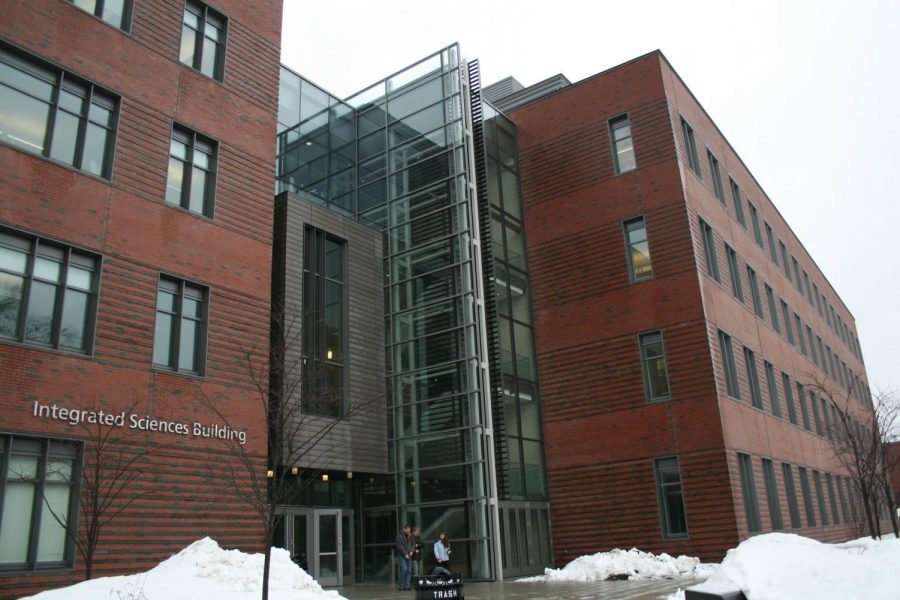The 2020 Breakthrough Prize for Fundamental Physics has been awarded to the Event Horizon Telescope mission, who captured an image of a supermassive black hole in April.
The EHT mission was a global collaboration of scientists at 60 institutions operating in 20 different countries. The international team of astronomers included eight members from the University of Massachusetts: astronomy professors Gopal Narayanan, Peter Schloerb, astronomy researcher Neal Erickson, astronomy graduate students Aleks Popstefanija and Sandra Bustamante and engineers Vern Fath, Ron Grosslein and Kamal Souccar are members of the UMass team.
In a press release from UMass News & Media Relations, Narayanan said, “It is an incredible honor for the UMass team to join the rest of the EHT community in sharing this prestigious Breakthrough Prize for Fundamental Physics.”
Known as the “Oscars of Science,” the Breakthrough Prize is now in its eighth year. The prize is awarded through the Breakthrough Prize Foundation, which was founded by Mark Zuckerberg and Priscilla Chan, Sergey Brin, Ma Huateng, Yuri and Julia Milner, and Anne Wojcicki. Each Breakthrough Prize is $3 million, making it one of the most generous science prizes in the world. The prize will be shared equally with 347 scientists on the team who co-authored any of the six papers published by the EHT on April 10.
In their announcement, the foundation noted the virtual telescope created by the team was “as large as the Earth, with a resolving power never before achieved from the surface of our planet.”
“One of their first targets was the supermassive black hole at the center of the Messier 87 galaxy – its mass equivalent to 6.5 billion suns,” the press release said. “After painstakingly analyzing the data with novel algorithms and techniques, the team produced an image of this galactic monster, silhouetted against hot gas swirling around the black hole, that matched expectations from Einstein’s theory of gravity: a bright ring marking the point where light orbits the black hole, surrounding a dark region where light cannot escape the black hole’s gravitational pull.”
The UMass team shared responsibility for the Large Millimeter Telescope with Mexico’s Instituto Nacional de Astrofísica, Óptica y Electrónica. The LMT was one of eight telescopes operating worldwide.
“All the hard work that our team put in on various facets of this experiment has borne fruit. I cannot be prouder of our UMass and our LMT team members who share in this prize,” Narayanan added.
The Breakthrough laureates are to be honored at a live televised ceremony on the National Geographic channel on Sunday, Nov. 3 in Mountain View, California. This year’s program topic, “Seeing the Invisible” was inspired by the EHT collaboration.
Kathrine Esten can be reached at [email protected] and followed on Twitter @KathrineEsten.




















